Table of Contents
Nuclear Fission and Liquid Drop Model:
What is Nuclear Fission?
Splitting up of heavy nucleus into two or more moderately sized nuclei (i.e. fission fragments) with the release of neutrons and a large amount of energy is called nuclear fission.
For U235 alone more than 60 different fission products are known. Example- 30Zn72 to 65Tb161. These fission products are radioactive and undergo decay by successive emission of β-particles till stable fission products are formed.
Out of the neutrons released due to fission, about 99% of neutrons are produced at that instant when fission takes place, these neutrons are called prompt neutrons. About 1% of the neutrons are released after a little time interval and are produced during the decay of fission fragments called delayed neutrons.
Few fission reactions are expressed as follows-
(1) 92U235 + 0n1 ———-> [92U236] ———-> 56Ba144 + 36Kr89 + 3(0n1) + E
(2) 92U235 + 0n1 ———-> [92U236] ———-> 40Zr98 + 52Te135 + 3(0n1) + E
(3) 92U235 + 0n1 ———-> [92U236] ———-> 42Mo95 + 57La139 +2(0n1) + E
Since during the fission process, the total mass of fission products is very small than the mass of parent nuclei, a large amount of energy is released. The average value of mass defect is about 0.215 amu, hence energy released is 200 MeV/fission.
Bohr and Wheeler Liquid Drop Model:
In order to explain the fission process, Bohr and Wheeler explained the “Liquid Drop Model”.
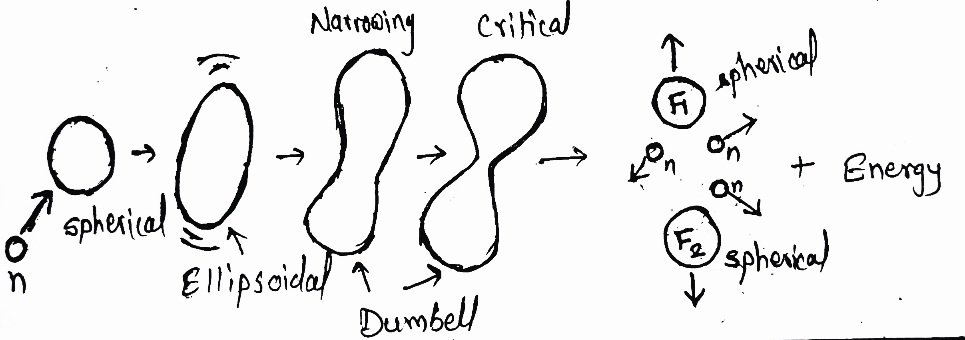
In the spherical liquid drop, the shape of the drop depends on a balance between the surface tension forces and coulombic repulsive forces. The excitation energy given to the drop during the capture of the thermal neutron sets up oscillations within the drop. These oscillations tend to distort the spherical shape so that the drop becomes ellipsoid in shape.
The surface tension forces try to make the drop return to its original shape while the excitation energy tends to distort the shape still further. If the excitation energy and hence oscillations are quite large, the drop attains the “dumbell” shape. The Coulombic repulsive forces then push the two bells further apart until the dumbell splits into two similar drops (fragments).
However, if the excitation energy is not enough, the ellipsoid will return to a spherical shape. In that case, the excitation energy is given out in the form of γ-rays and the process becomes a simple capture (neutron capture) than a fission process.
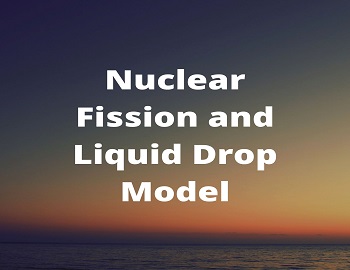


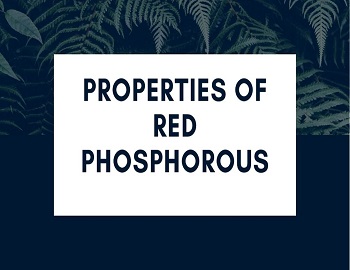
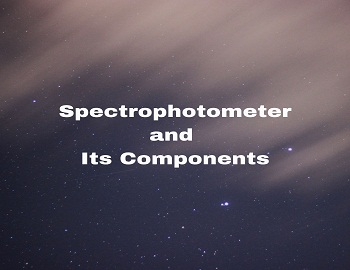

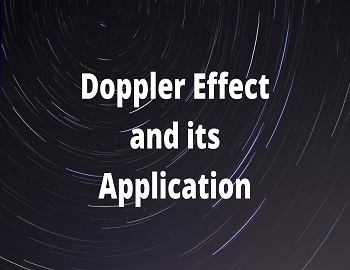
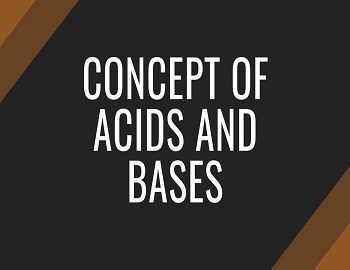
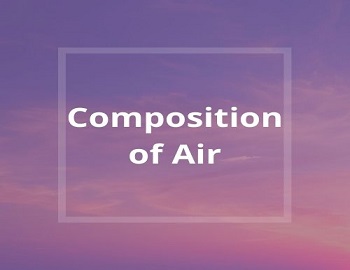
Comments (No)